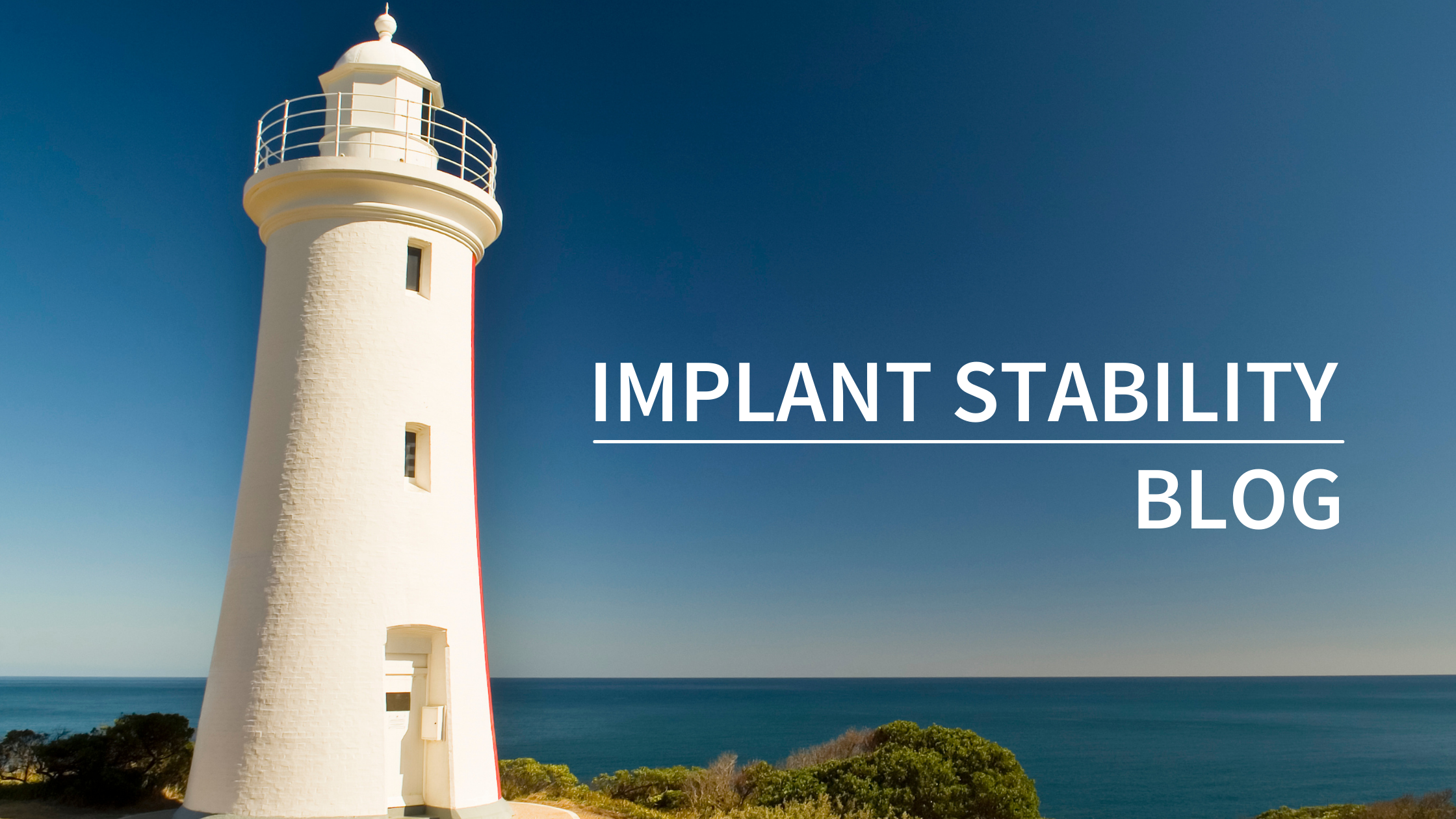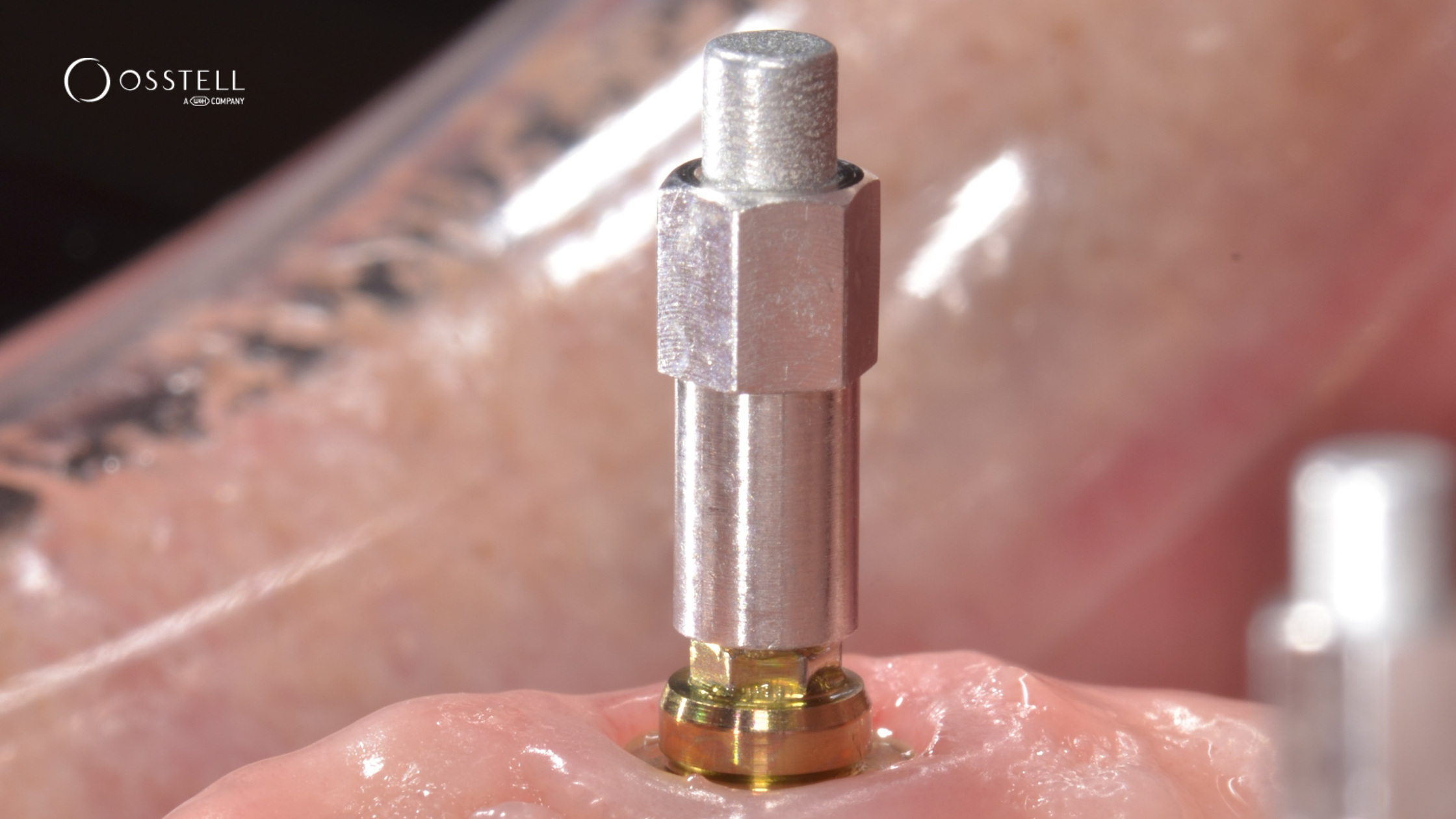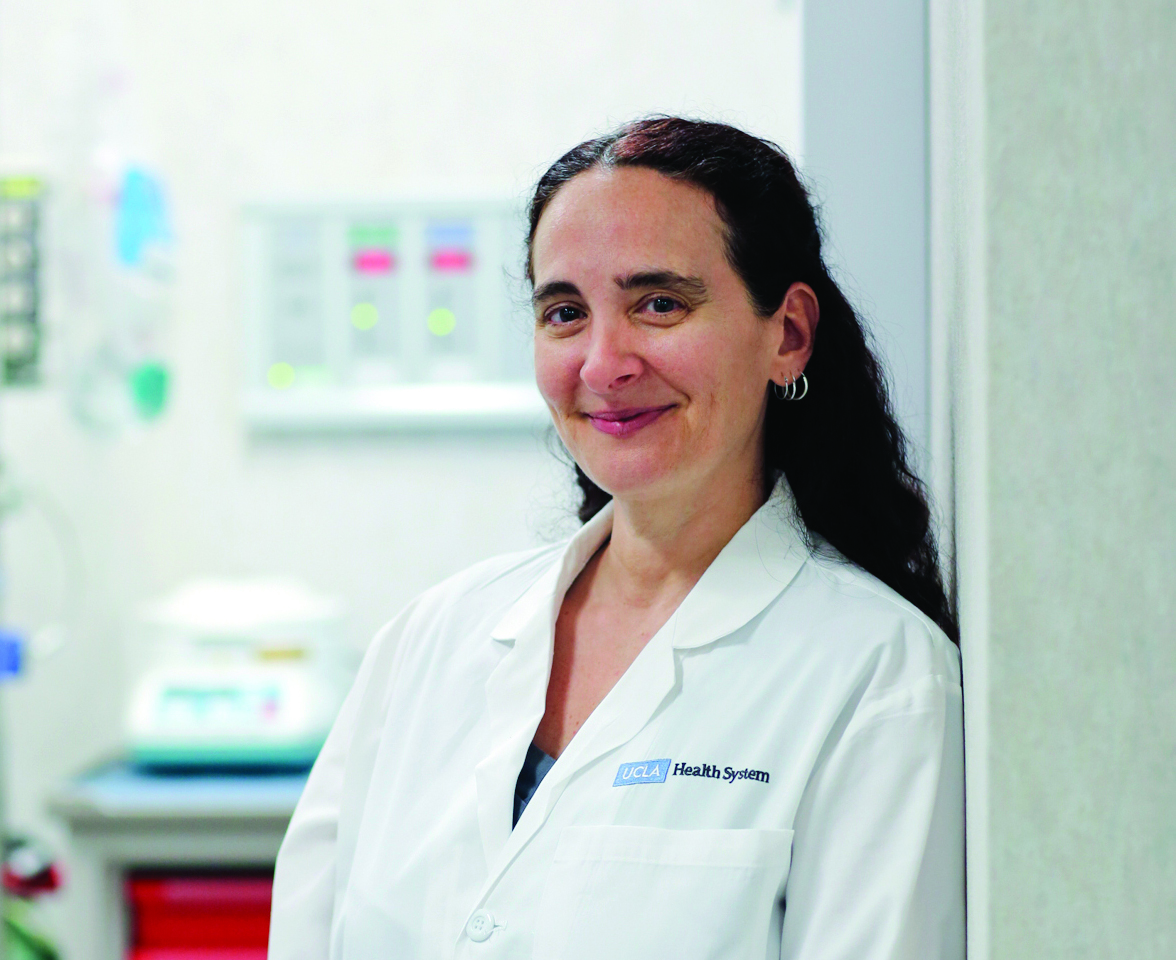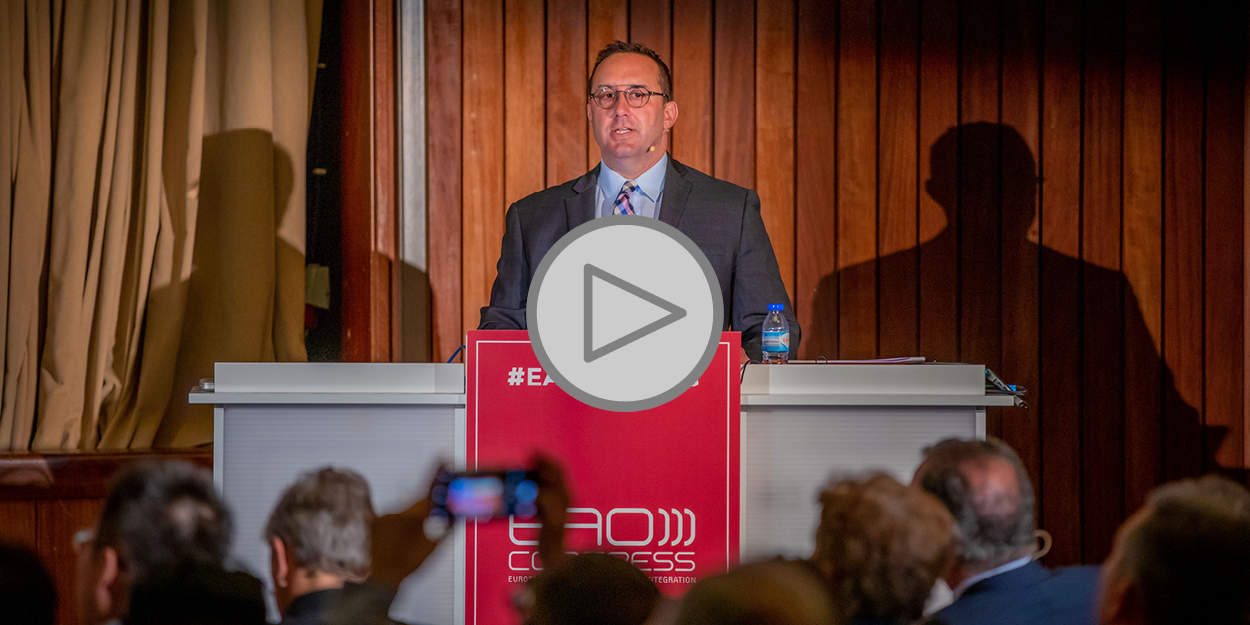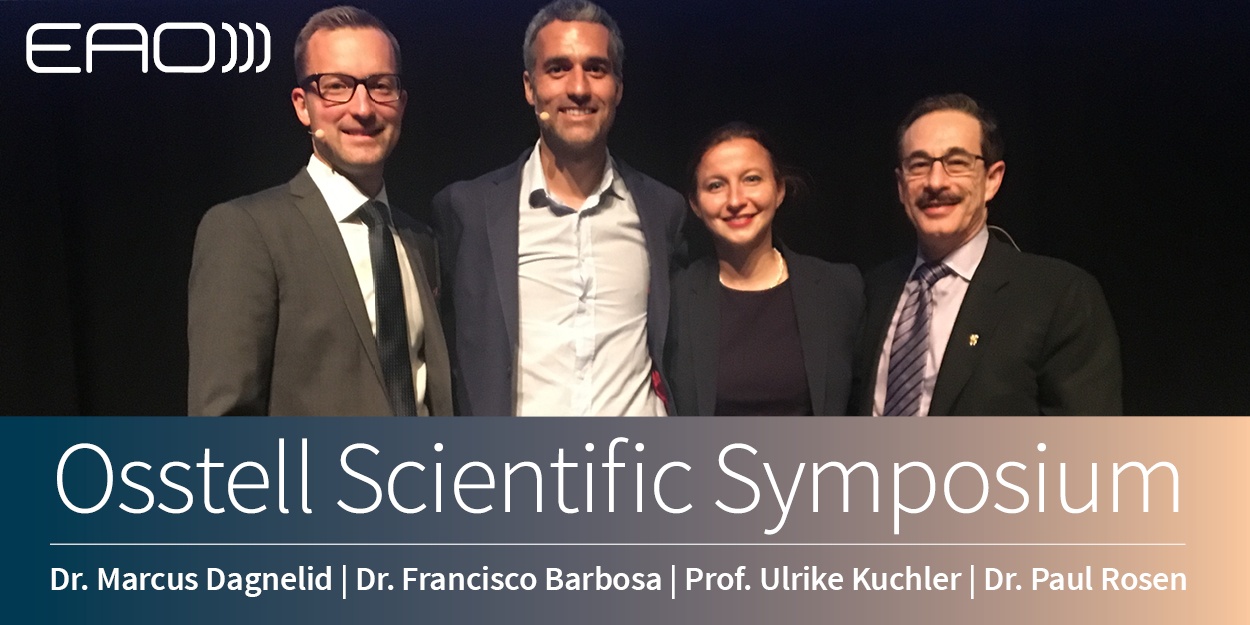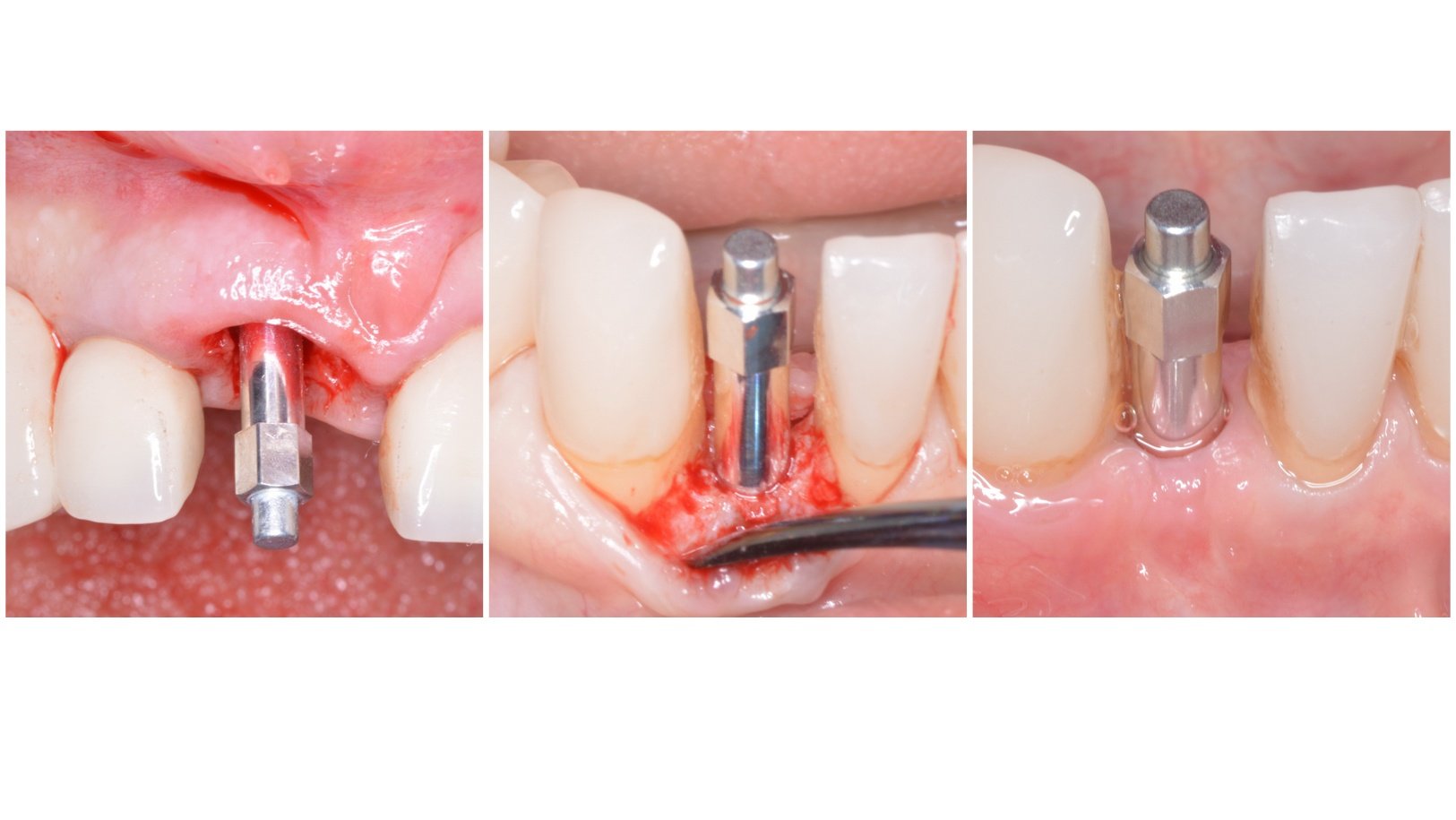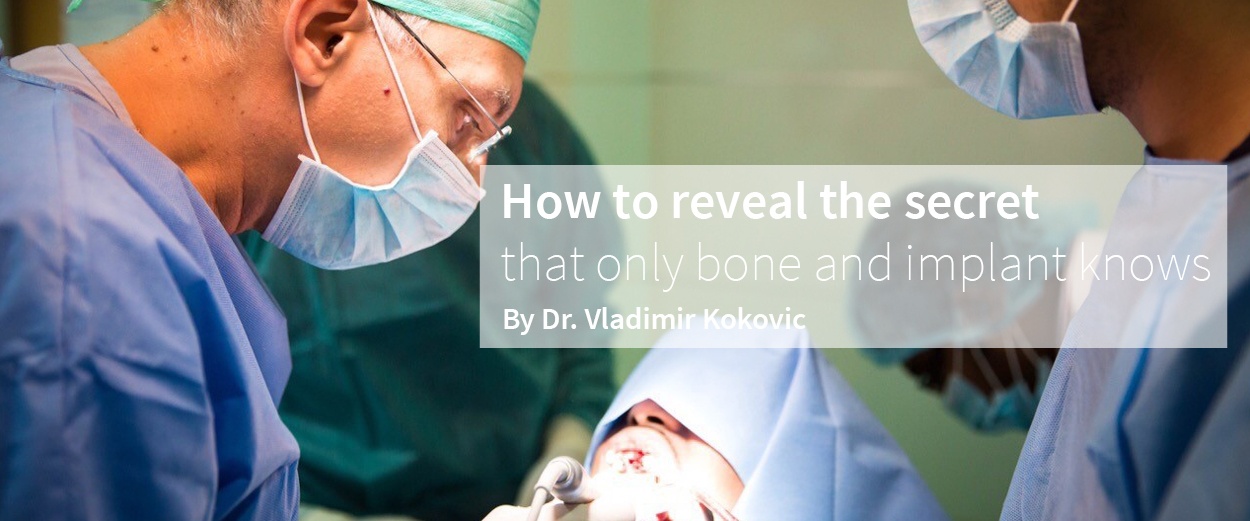The 13th Osstell ISQ Annual Symposium will gather an exciting line-up of international speakers, featuring Dr. Tara Aghaloo (USA), Dr. William Martin (USA), Dr. Stephen T Chen (Australia), Dr. Kyle Stanley (USA) and moderator Dr. Marcus Dagnelid (Sweden).
5 reasons to attend the 2021 Osstell ISQ Symposium
[fa icon="calendar'] Jun 21, 2021 2:23:48 PM / by Osstell posted in loading protocol, immediate restoration, isq, implant loading, primary stability, Osstell scientific symposium, digital workflow, immediate loading, rfa, secondary stability, osseointegration, implant healing, implant stability, risk patient, healing time, implant placement
Why measuring Osstell ISQ on abutment level can help you achieve predictable outcomes
[fa icon="calendar'] Mar 10, 2021 7:47:54 PM / by Osstell posted in loading protocol, immediate restoration, isq, implant loading, primary stability, immediate loading, rfa, osseointegration, implant healing, implant stability, healing time, SmartPegs
Treating osteoporotic patients: a review by Dr. Tara Aghaloo
[fa icon="calendar'] Jul 8, 2020 1:34:08 PM / by Osstell posted in isq, risk patient, healing time
Dr. Jeff Ganeles answers your clinical questions
[fa icon="calendar'] Oct 25, 2019 5:55:36 PM / by Osstell posted in loading protocol, isq, implant loading, primary stability, EAO, immediate loading, secondary stability, implant stability, risk patient, implant complication, healing time, implant placement
Ask the expert! Dr. Barry Levin answers your questions.
[fa icon="calendar'] Oct 24, 2019 9:18:05 AM / by Osstell posted in loading protocol, isq, implant loading, primary stability, EAO, immediate loading, secondary stability, implant stability, risk patient, implant complication, healing time, implant placement
Interview with Dr. Jeff Ganeles
[fa icon="calendar'] Sep 16, 2019 1:42:14 PM / by Osstell posted in Osstell scientific symposium, EAO, implant stability, healing time
Ask the experts!
[fa icon="calendar'] Nov 22, 2018 8:43:00 AM / by Osstell posted in loading protocol, isq, implant loading, primary stability, EAO, immediate loading, secondary stability, implant stability, risk patient, implant complication, healing time, implant placement
Clinicians from all over the world participated to Osstell Scientific Symposium at EAO Congress 2018 in Vienna, on October 11th.
How to Determine the Degree of Osseointegration Before Final Restoration
[fa icon="calendar'] Nov 14, 2018 8:28:00 AM / by Osstell posted in isq, primary stability, rfa, secondary stability, osseointegration, implant stability, healing time
Have you ever placed an implant in an augmented bone site and added another few months of healing time just to be on the safe side?
Primary and Secondary Stability: What is Important and What Don’t We Know
[fa icon="calendar'] Jul 3, 2018 2:25:05 PM / by Barry P. Levin, DMD posted in isq, primary stability, Immediate Implant Insertion Torque, insertion torque, secondary stability, osseointegration, implant stability, healing time
Physiologic healing after implant placement varies from patient to patient and site to site. Surgeons must find balance between mechanical stability and avoiding excessive trauma to alveolar bone, especially the cortical bone found at the alveolar crest. The two measures of quantifying primary stability are insertion torque volume (ITV) and resonance frequency analysis (RFA). Implant stability quotient or ISQ is a value used to determine stability via RFA.
Decision-making in the retreatment of failures in implant dentistry
[fa icon="calendar'] Apr 16, 2018 10:04:00 AM / by Giorgio Tabanella, DDS, MS posted in regenerative protocols, retreatment, implant failure, risk patient, implant complication, bone regeneration, healing time
Modern age of dental specialties is facing difficulties in treating patients who have been mistreated. Although “Primum non nocere” (“First do not harm”) should be the first goal of every medical doctor, nowadays we are used to see more and more often patients who present with iatrogenic effects or complications following a medical or dental treatment.
Iatrogenic conditions do not necessarily result from medical errors, such as mistakes made during surgery, but sometimes they can occur also as a consequence of correct treatments, such as a supportive therapy in periodontics or bone regeneration in implantology, which maybe were not performed with a sophisticated and modern approach: what could have been considered as a good result in the past, today it could be defined as a failure, especially in terms of aesthetics and long-term stability of peri-implant tissues.
How to reveal the secret that only bone and implant knows
[fa icon="calendar'] Mar 27, 2018 9:30:35 AM / by Vladimir Kokovic, DDS, MSc, PhD posted in loading protocol, implant loading, primary stability, immediate loading, rfa, secondary stability, healing abutment, case report, osseointegration, implant healing, implant stability, bone-to-implant reaction, grafting, healing time
During the twenty-two years of my clinical and scientific work with dental implants I have been a witness to huge development in the implant dentistry. Changes to implants' macro and micro design, surfaces, and surgical and prosthetic procedures that expand today's treatment with dental implants. But for me, the most impressive improvement was an implementation of resonance frequency analysis (RFA) from scientific to clinical work in implant dentistry.

